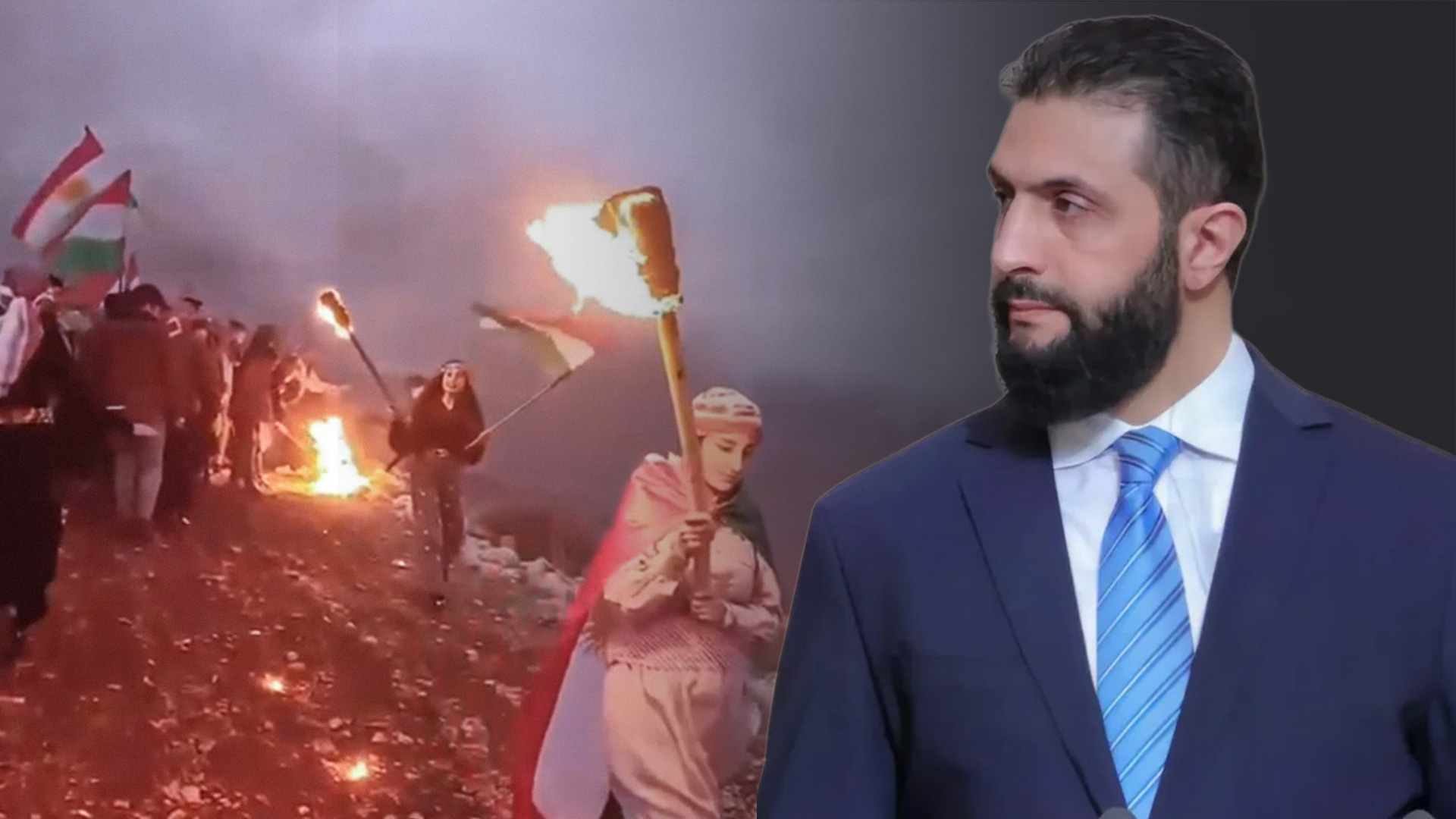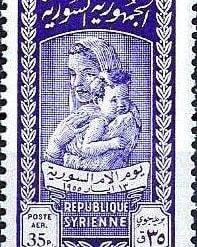Syrian Interim Government's Holiday Decree Omits Newroz, Continuing Legacy of Exclusion
Syrian Interim President Ahmad al-Sharaa has redefined official holidays, excluding Newroz from the national calendar while replacing Baath-era commemorations with "Liberation Day" and "Syrian Revolution Day."

ERBIL (Kurdistan24) – Syrian Interim President Ahmad al-Sharaa has issued Decree No. 188 of 2025, restructuring the country’s official holidays in a sweeping reform that abolishes several long-standing Baath-era commemorations while introducing new ones. Notably, the decree omits Newroz, the traditional Kurdish new year, continuing a long and politically charged history of its exclusion from Syria’s official calendar.
According to the Syrian Arab News Agency (SANA), the decree defines the official holidays and specifies the days on which state employees are entitled to paid leave. It cancels several national observances, including the Oct. 6, 1973 “Tishreen Liberation War” anniversary, Martyrs’ Day on May 6, and Teachers’ Day, all of which had been pillars of the Baathist commemoration structure. In their place, al-Sharaa introduced two new national occasions—“Liberation Day” and “Syrian Revolution Day”—signaling a deliberate effort to reframe the state’s political narrative under the post-Baath transitional authority.
While the decree appears administrative in form, it carries deep historical symbolism. The definition of public holidays in Syria has long been a political act—one used by successive governments to reinforce or erase particular national narratives.
Perhaps the most emblematic case is that of Newroz, the Kurdish new year, celebrated annually on March 21, which has for decades been at the center of cultural suppression and political tension in Syria. Under the Baathist regime, Kurdish Newroz festivities were frequently banned or met with heavy security crackdowns, as Damascus sought to suppress any expression of Kurdish identity outside the state’s Arab nationalist framework.
The 1986 Damascus Incident and the Birth of “Syrian Mother’s Day”
The turning point came on March 21, 1986, when Syrian security forces opened fire on Kurdish demonstrators in Damascus. The protesters had gathered near the Presidential Palace after authorities once again prohibited public Newroz celebrations. During the confrontation, a young Kurdish man, Suleiman Muhammad Amin Adi, was shot and killed by the Republican Guard.
According to Kurdistan Democratic Party – Syria (PDK-S), Suleiman Adi was born in 1967 in the Kurdish village of Lotika—later Arabized to Abu Ajil—near Qamishlo. He was the youngest of six siblings from a modest rural family that later moved to Qamishlo’s Jernak al-Saghir neighborhood. Like many Kurds from the region, Suleiman migrated to Damascus seeking employment due to the lack of opportunities in the northeast.
His death, during what was meant to be a peaceful cultural gathering, deeply shocked Kurdish communities across Syria and became a defining symbol of state violence against Kurdish identity.
Two years later, in 1988, then-President Hafez al-Assad issued Decree No. 104, declaring March 21 a national public holiday under a new name—Mother’s Day. While the decree officially aimed to honor mothers and women across Syria, Kurdish organizations widely viewed it as an intentional political move designed to overwrite Newroz with a state-sanctioned holiday, thereby erasing its ethnic and cultural significance.
At the time, the Syrian state media presented the decree as a humanitarian gesture. Souad Bakkour, head of the General Women’s Union, told SANA that Mother’s Day was “one of the most sacred holidays expressing the sacrifices and limitless giving of mothers.” She praised President Assad for consecrating March 21 as a national day honoring Syrian women’s contributions to society.
However, Kurdish historians and political analysts offer a starkly different interpretation. According to researchers from Kurdish academic circles, Hafez al-Assad’s decision had a dual purpose: to distract public attention from the killing of Suleiman Adi and to symbolically neutralize Kurdish identity by transforming Newroz—a celebration of freedom and renewal—into a politically harmless holiday under state control.
“The intent was clear,” Kurdish political analysts explain. “Assad wanted to make Kurds forget the tragedy of 1986 by giving them a holiday on the same day, but not one they could call their own. By naming it Mother’s Day, he made it national, not Kurdish—effectively burying the cultural memory under the pretext of unity.”
Before the Baath Party came to power, Mother’s Day in Syria had a different history altogether. An old Syrian postage stamp issued in 1955, during the presidency of Hashim al-Atassi, marks May 13 as “Syrian Mother’s Day.” The date was chosen independently from the Western observance of Mother’s Day and celebrated as a civic event recognizing motherhood in Syrian society.

This tradition continued until the late 1980s, when Hafez al-Assad’s decree shifted the celebration to March 21, aligning it with Newroz and ensuring the Kurdish festival was effectively absorbed into the national calendar under a new label.
In a significant reversal, the Democratic Autonomous Administration of North and East Syria (DAANES) issued Circular No. 18 of 2020, officially restoring Mother’s Day to its original date of May 13. The decision was widely celebrated by women’s organizations and cultural institutions across northeastern Syria (Western Kurdistan), which since then have organized annual activities and events on that day.
From the Baathist transformation of Newroz into Mother’s Day in 1988 to al-Sharaa’s current omission of it from the national calendar, Syria’s treatment of holidays has consistently mirrored its broader struggles over cultural identity, historical memory, and political legitimacy.
As Syria once again reshapes its official holidays under President Ahmad al-Sharaa, the legacy of Suleiman Adi and the enduring flame of Newroz continue to illuminate a simple truth: while governments may change calendars, they cannot erase the stories written in the hearts of those who lived them.
